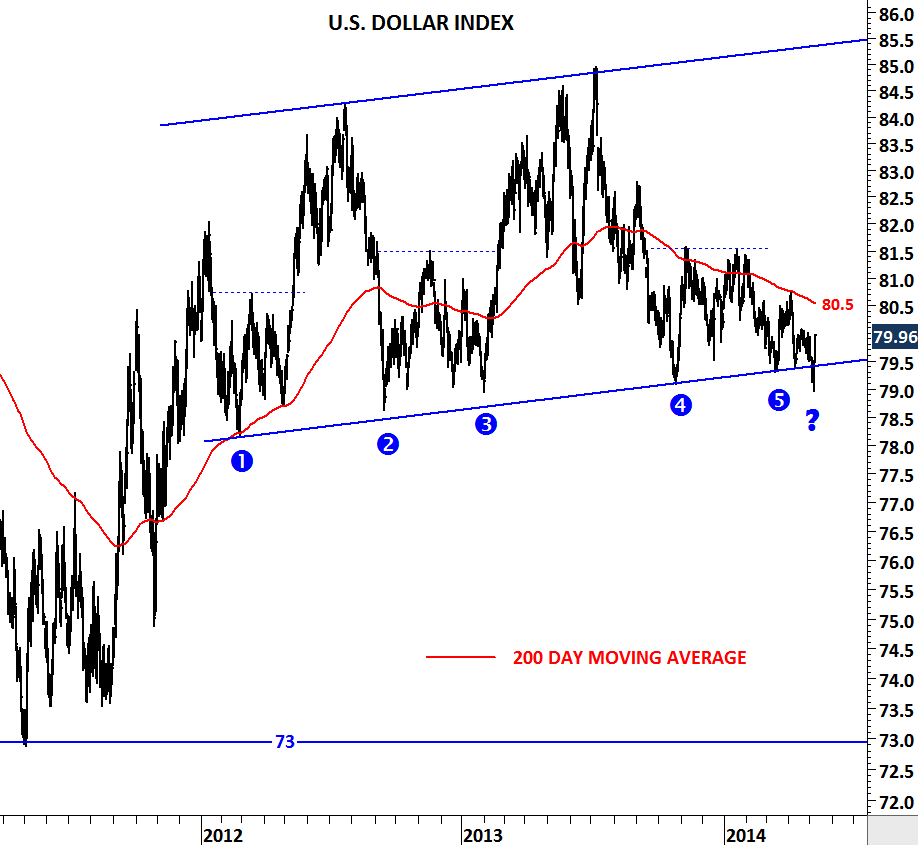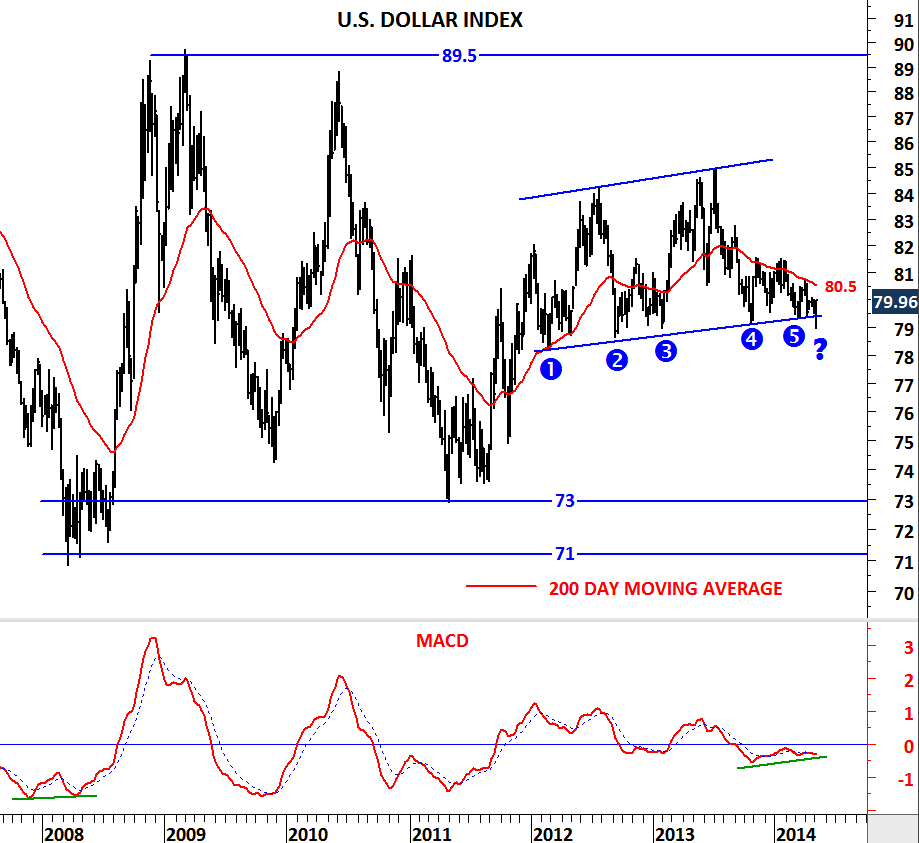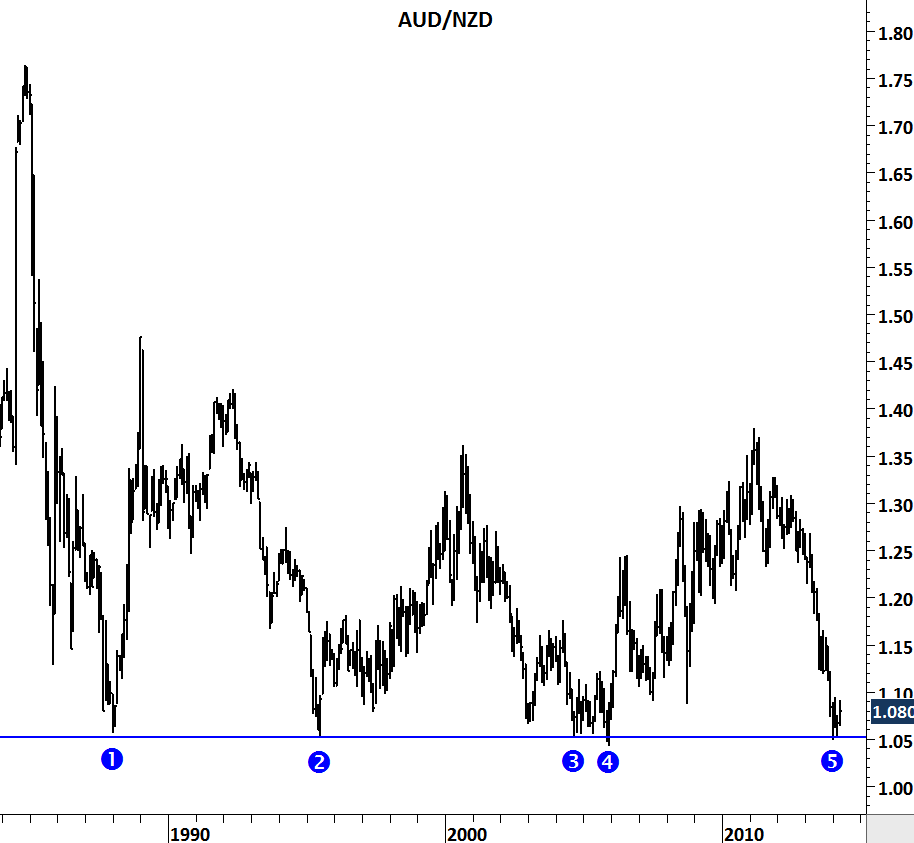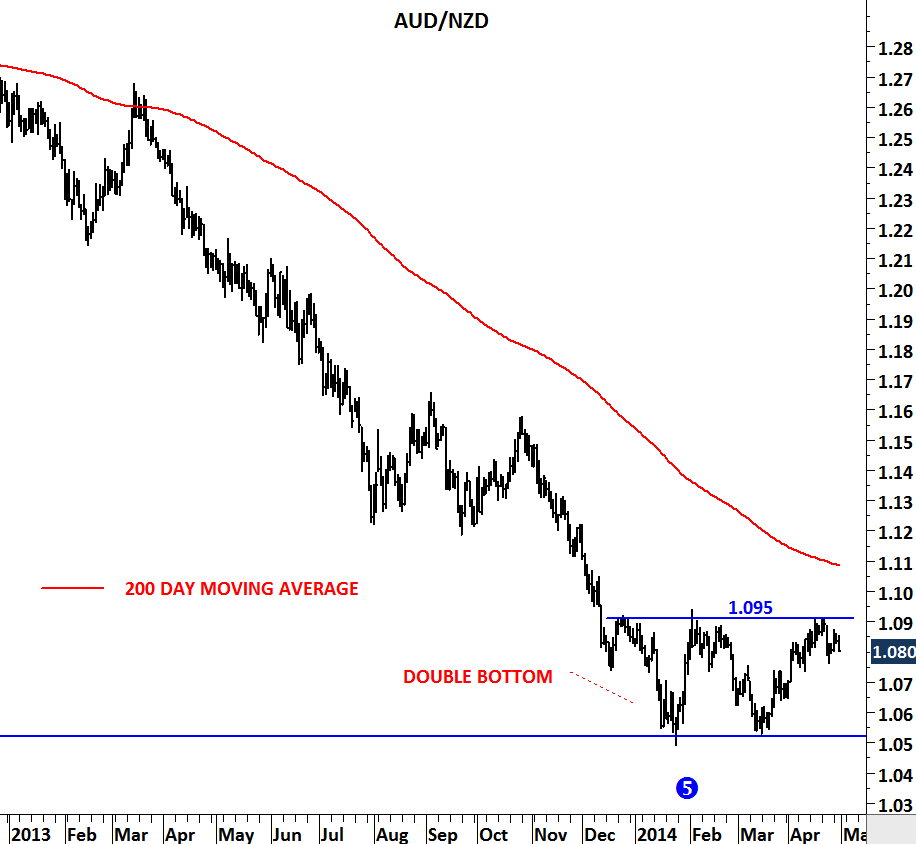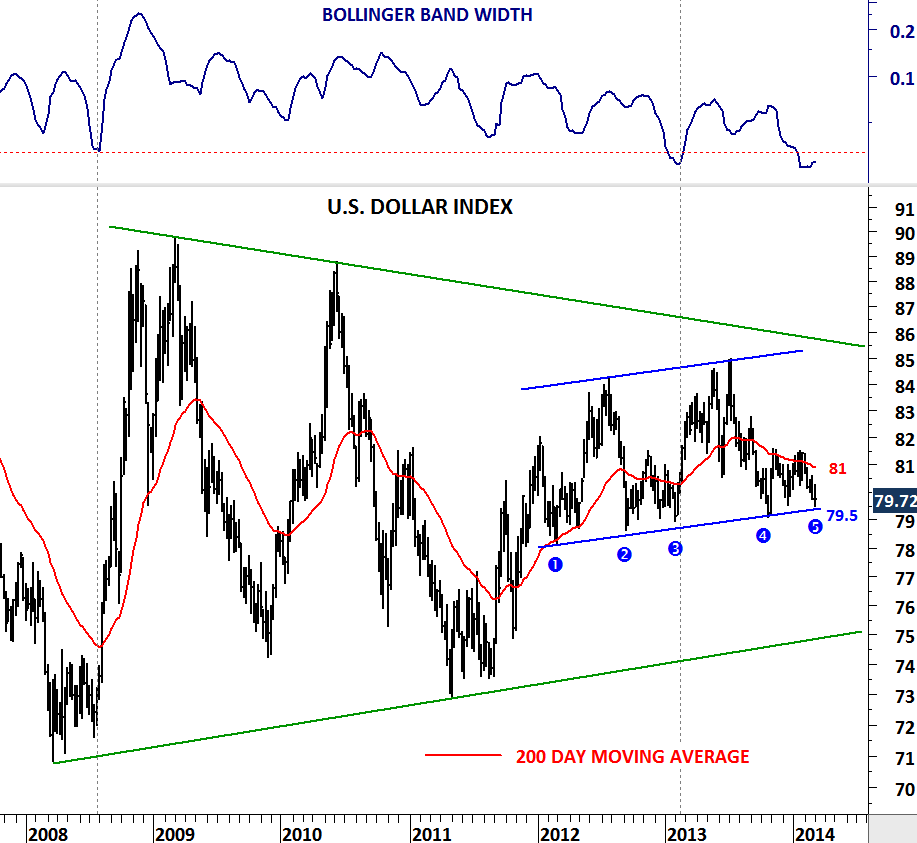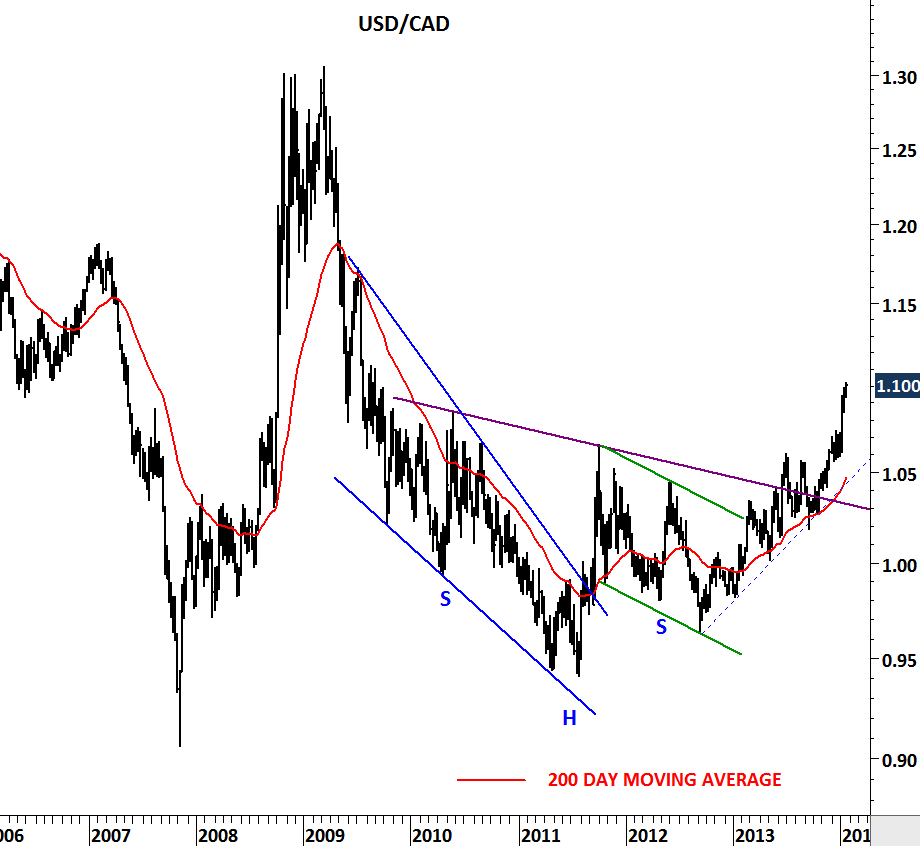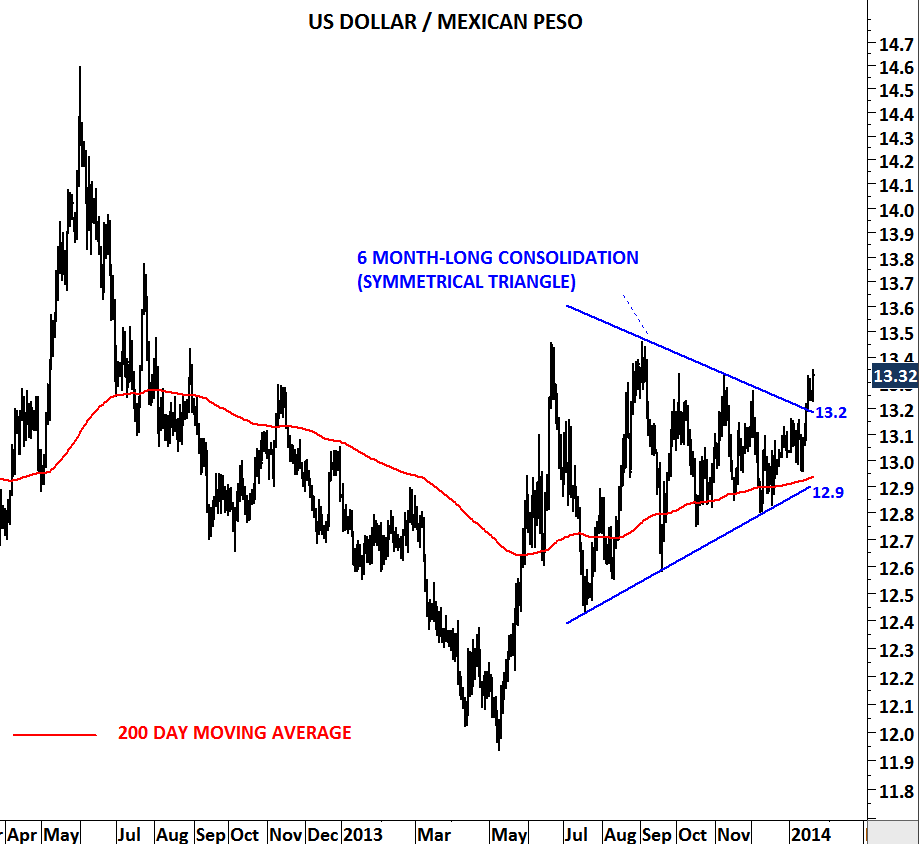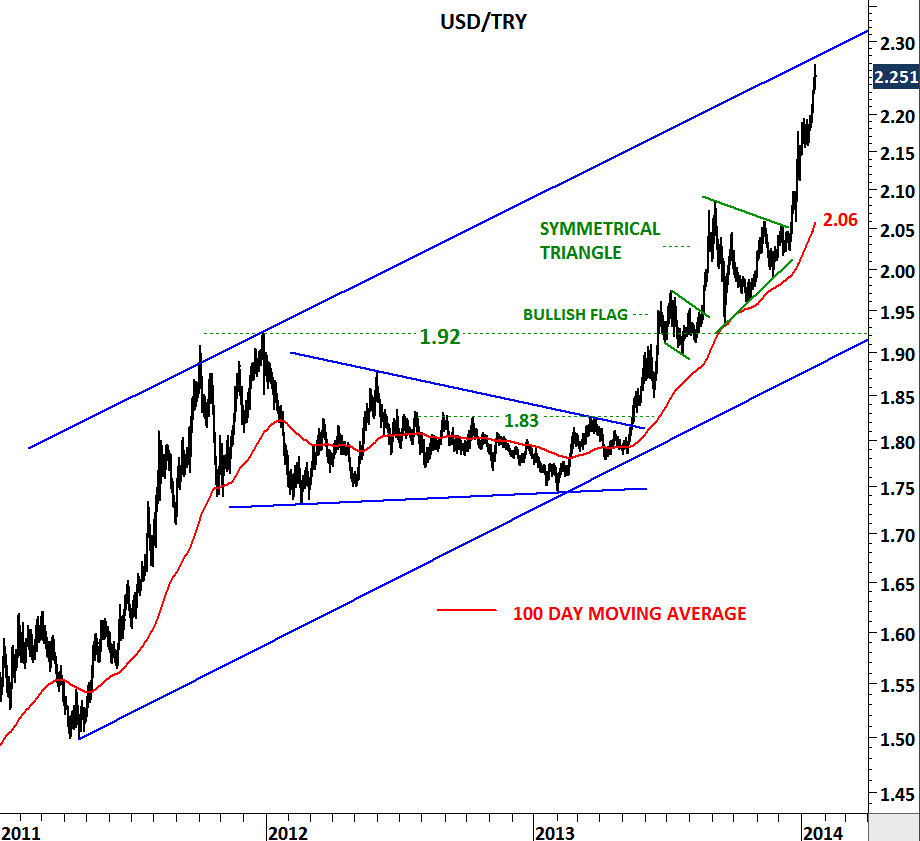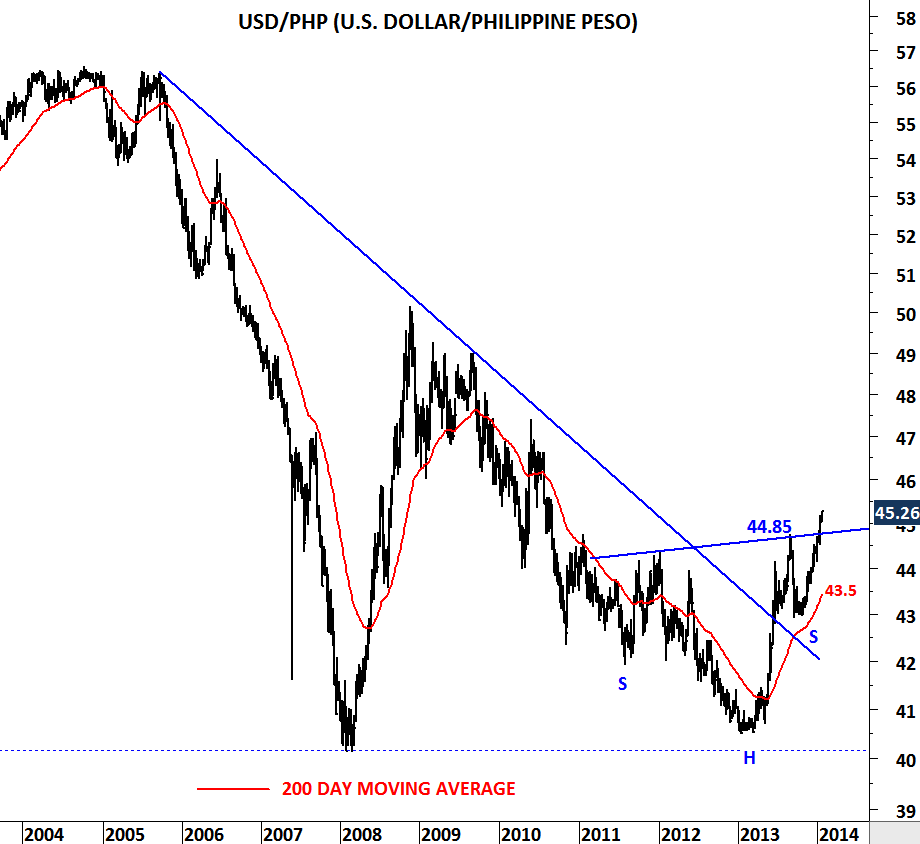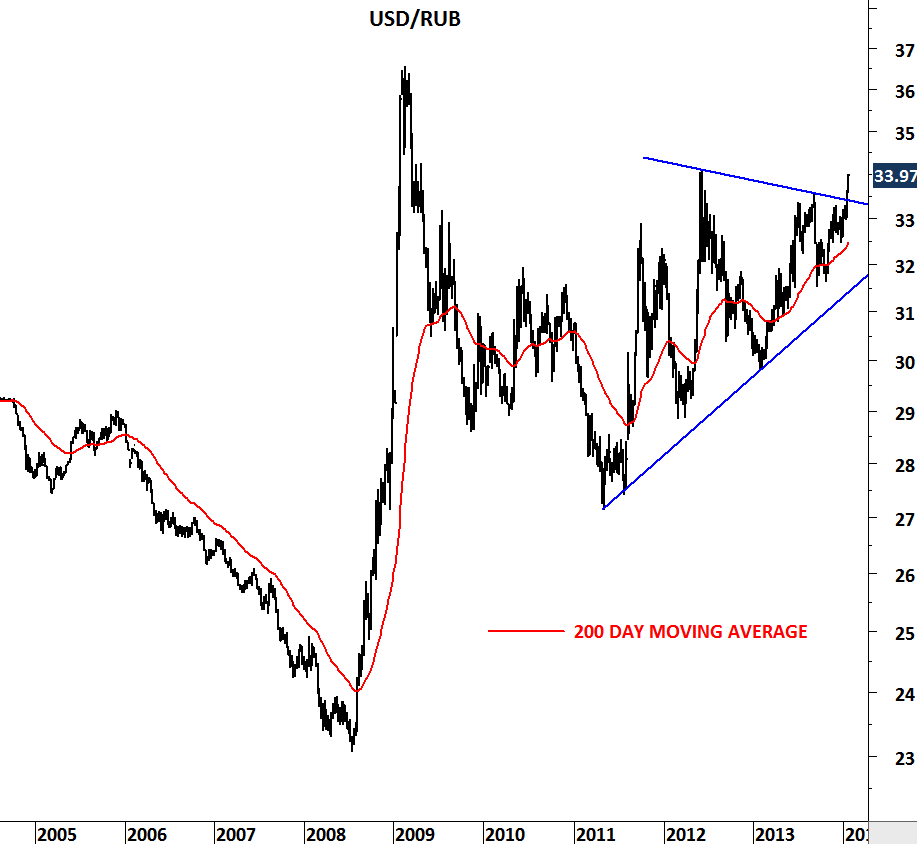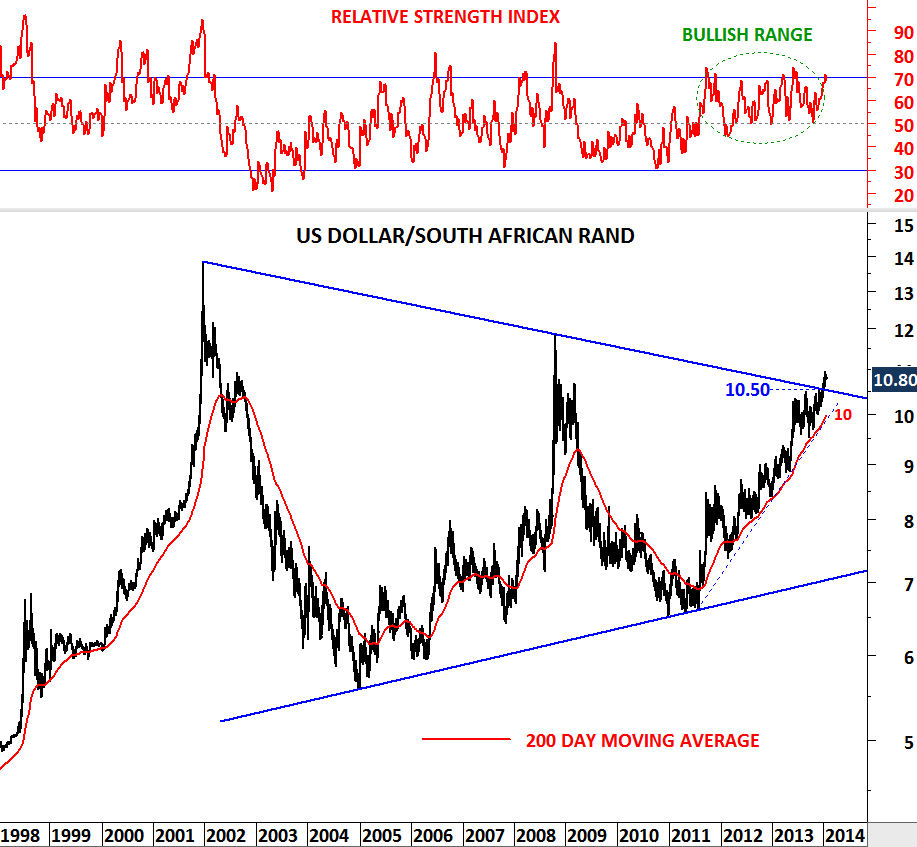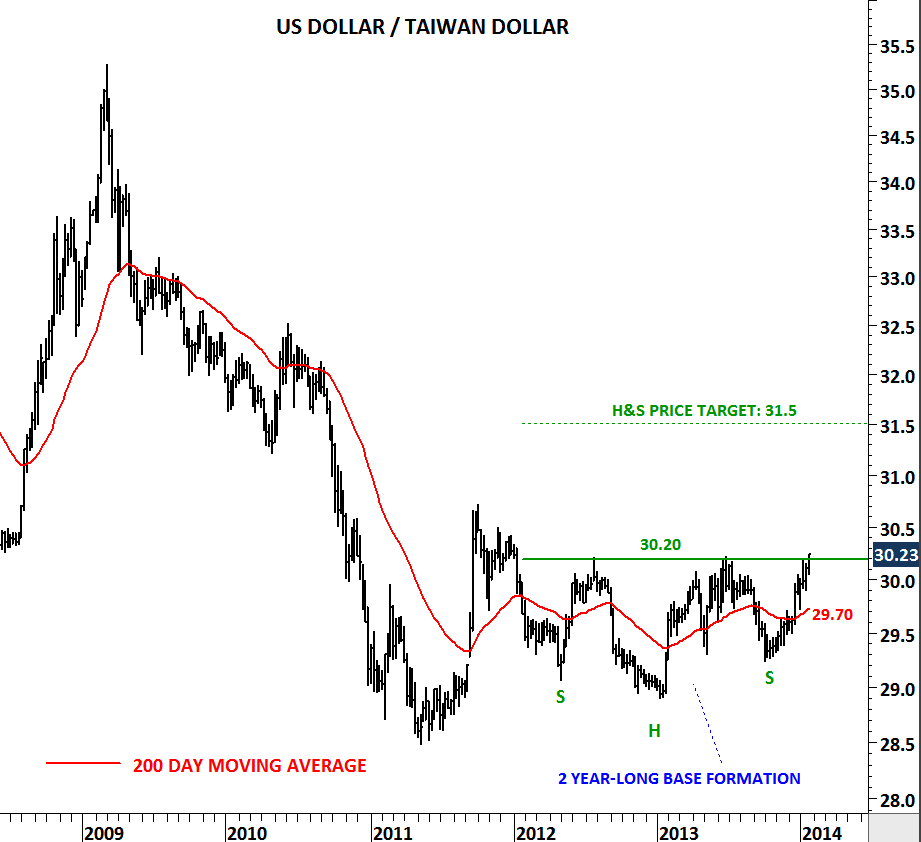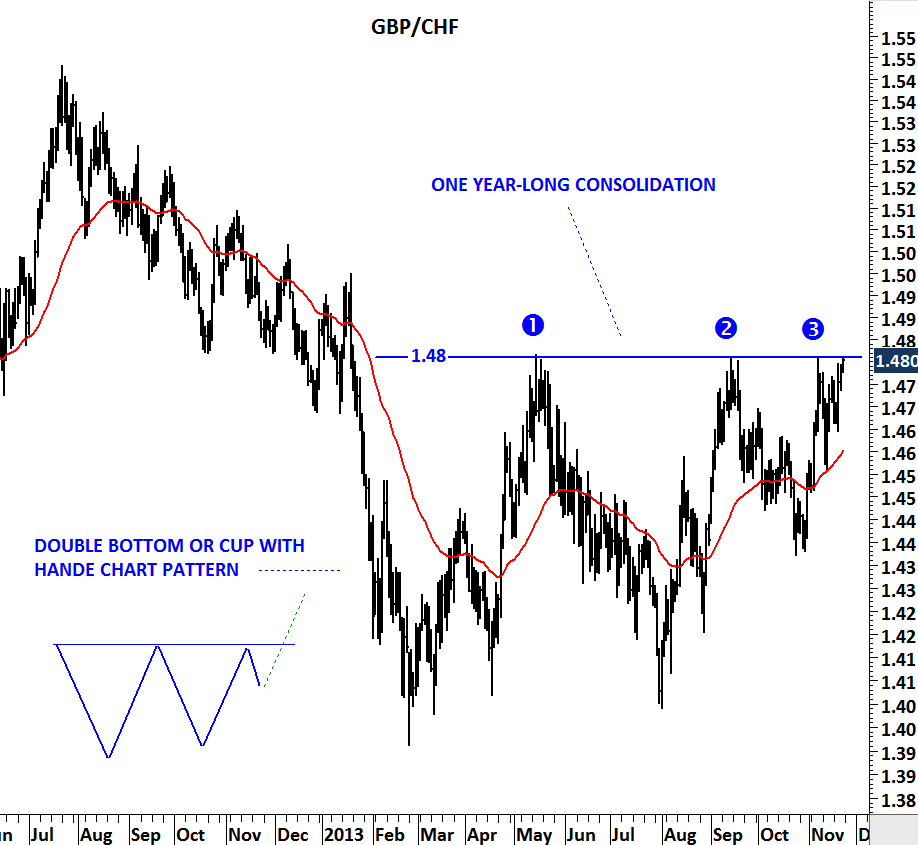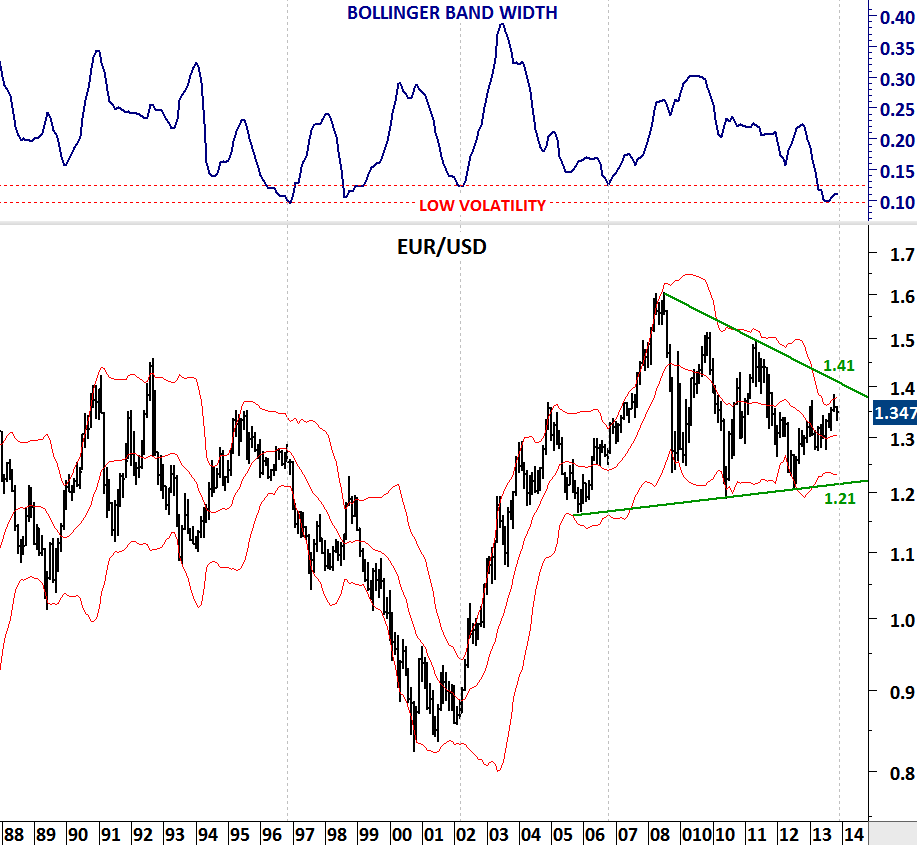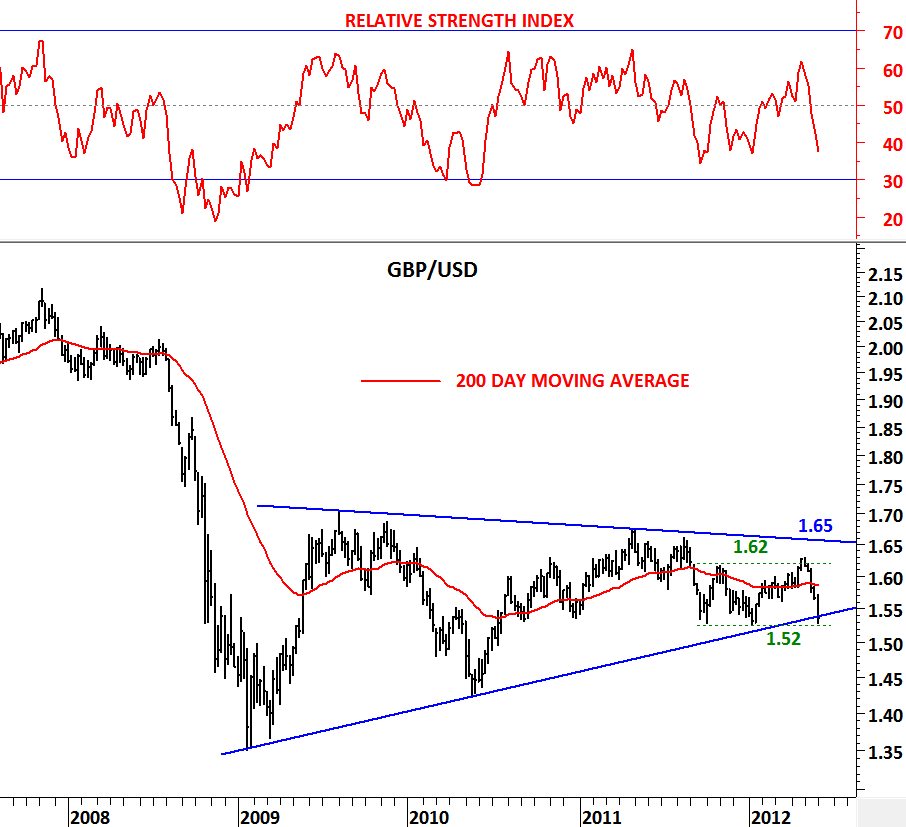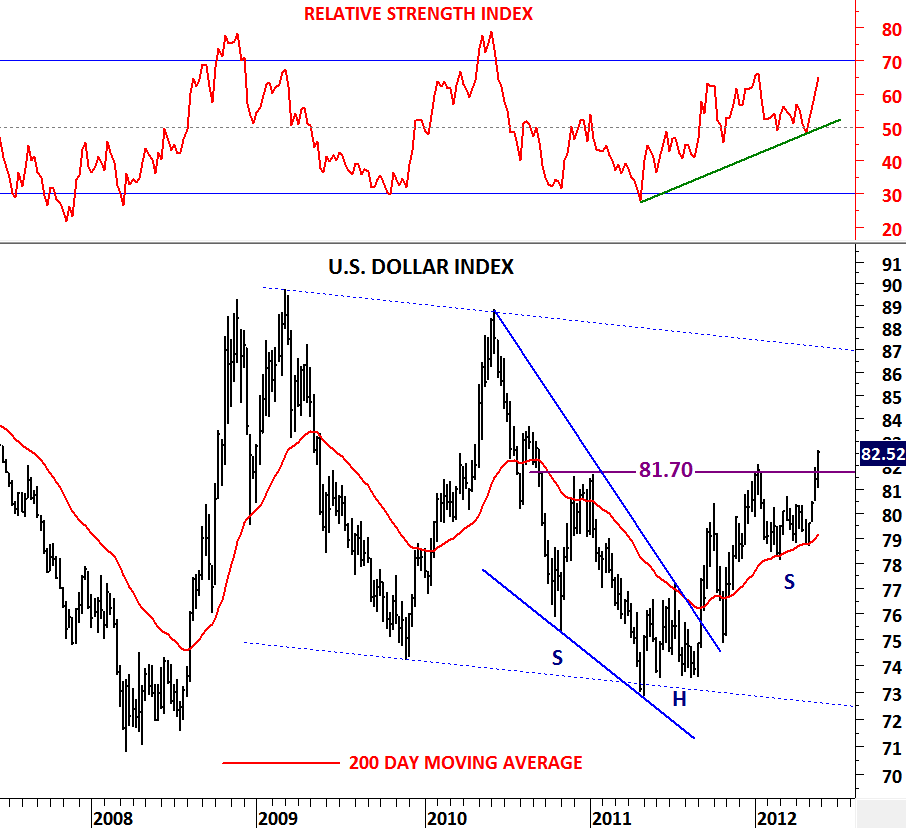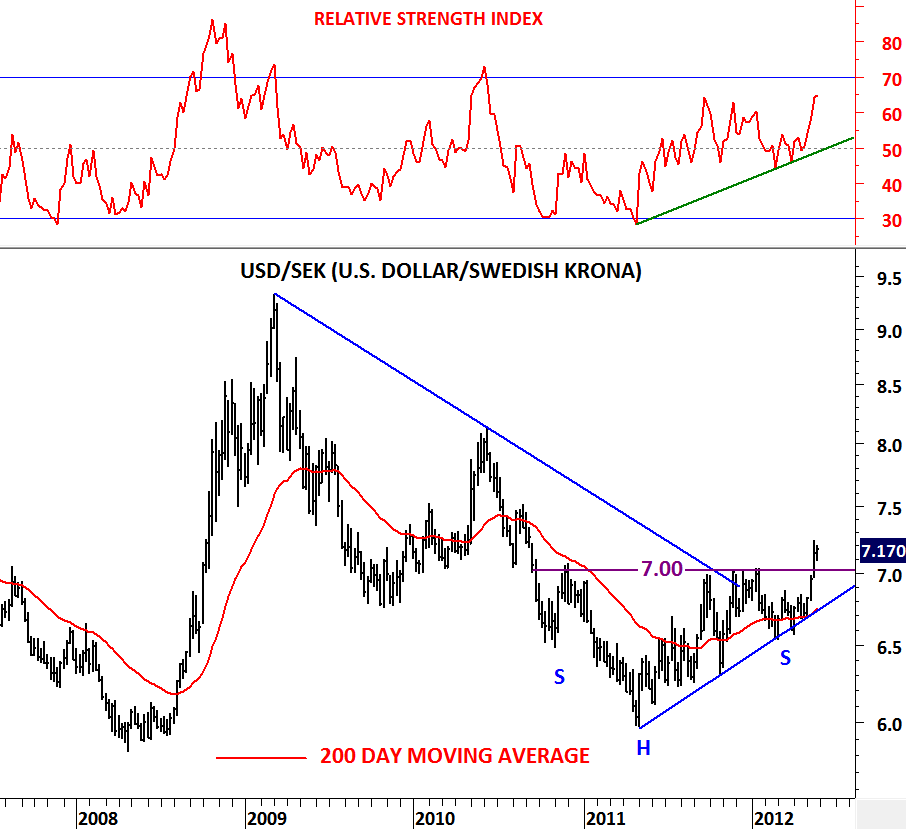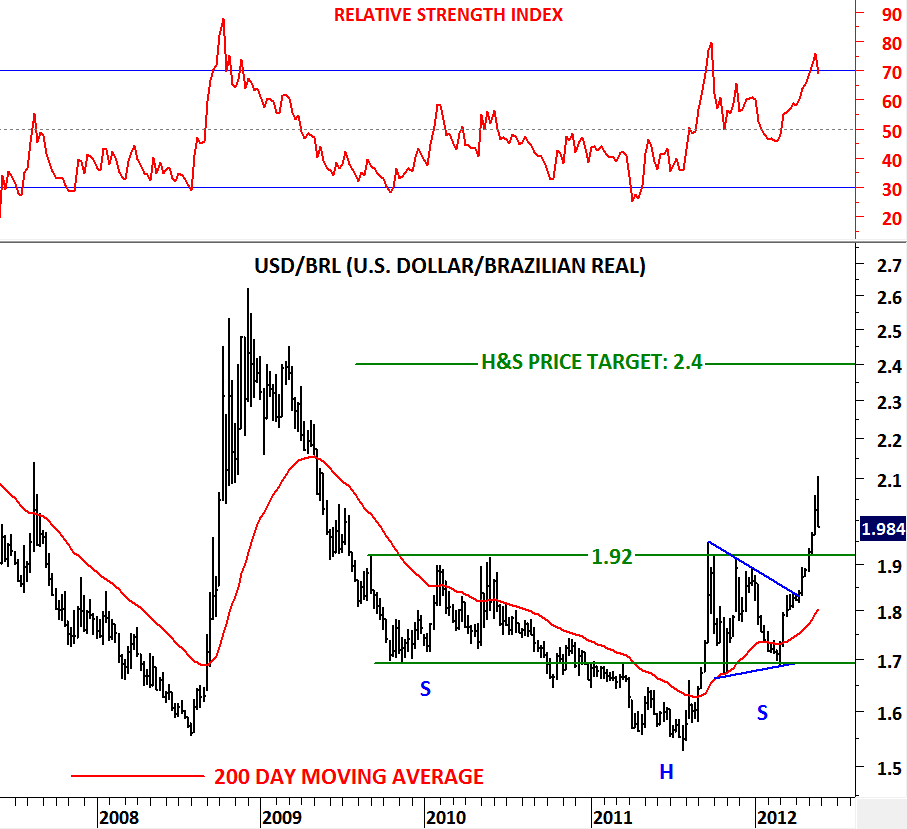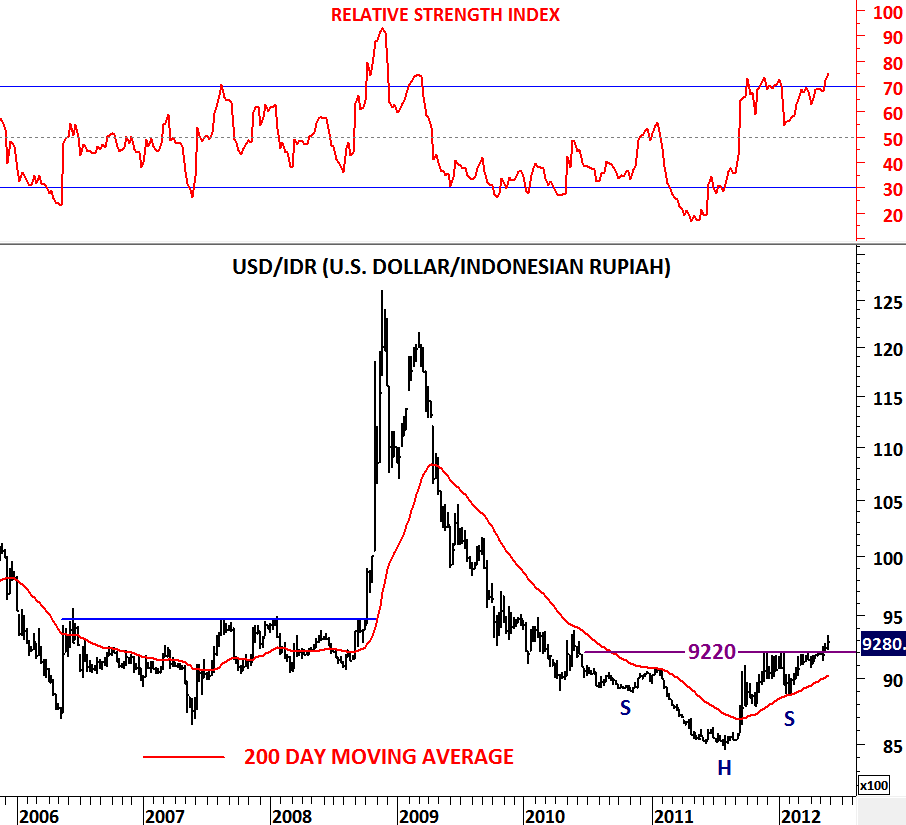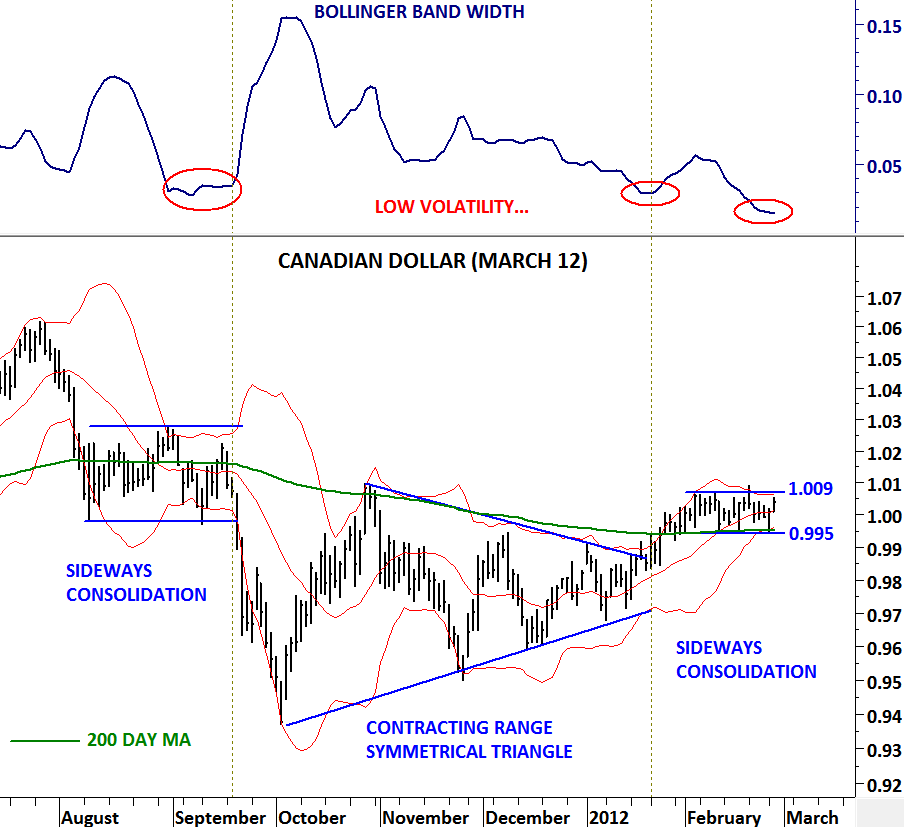U.S. DOLLAR INDEX
Friday’s move on the U.S. dollar index could be a major medium-term reversal for some of the cross rates out there. I’ve discussed the U.S. dollar index chart in my earlier updates and drew attention to the importance of the strong medium-term support at 79.5 levels. (Earlier update is here) During last week U.S. dollar index breached the support level at 79.5 but failed to close below it. Instead the weekly close was at the highest level of the weekly bar. The low levels in March-April and May formed positive divergence on the MACD. Positive divergence on MACD is a bullish technical development. Following the same thought process on my earlier analysis, I will focus on two levels in the following weeks. 1) 200-day average at 80.50 levels which will act as resistance. 2) Medium-term support area between 79 and 79.50.
Do you see other bullish developments favoring U.S. dollar strength in the coming weeks? How would emerging market currencies react to possible strength in the U.S. dollar index? You can share your views with other followers. Have a very good week.
U.S. Dollar Index (Daily scale)
U.S. Dollar Index (Weekly scale)

